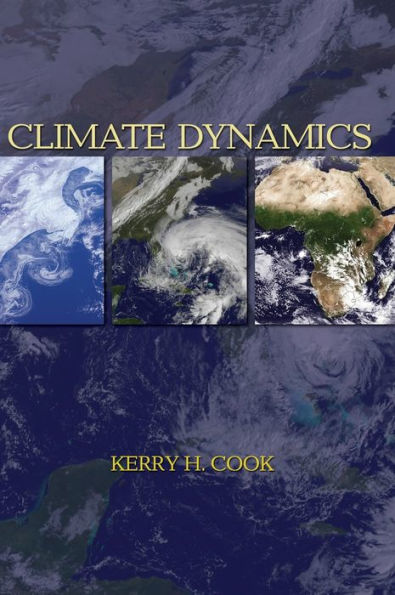5
1
9780691125305




Climate Dynamics
- ISBN-10:
- 0691125309
- ISBN-13:
- 9780691125305
- Pub. Date:
- 07/28/2013
- Publisher:
- Princeton University Press
- ISBN-10:
- 0691125309
- ISBN-13:
- 9780691125305
- Pub. Date:
- 07/28/2013
- Publisher:
- Princeton University Press

Climate Dynamics
$82.0
Current price is , Original price is $82.0. You
82.0
In Stock

Product Details
| ISBN-13: | 9780691125305 |
|---|---|
| Publisher: | Princeton University Press |
| Publication date: | 07/28/2013 |
| Edition description: | New Edition |
| Pages: | 216 |
| Product dimensions: | 7.00(w) x 10.10(h) x 0.70(d) |
About the Author
What People are Saying About This
From the B&N Reads Blog

